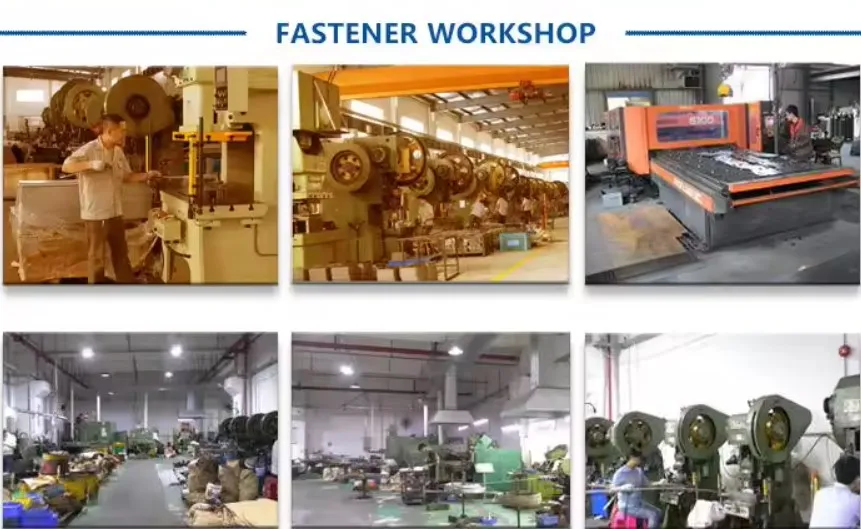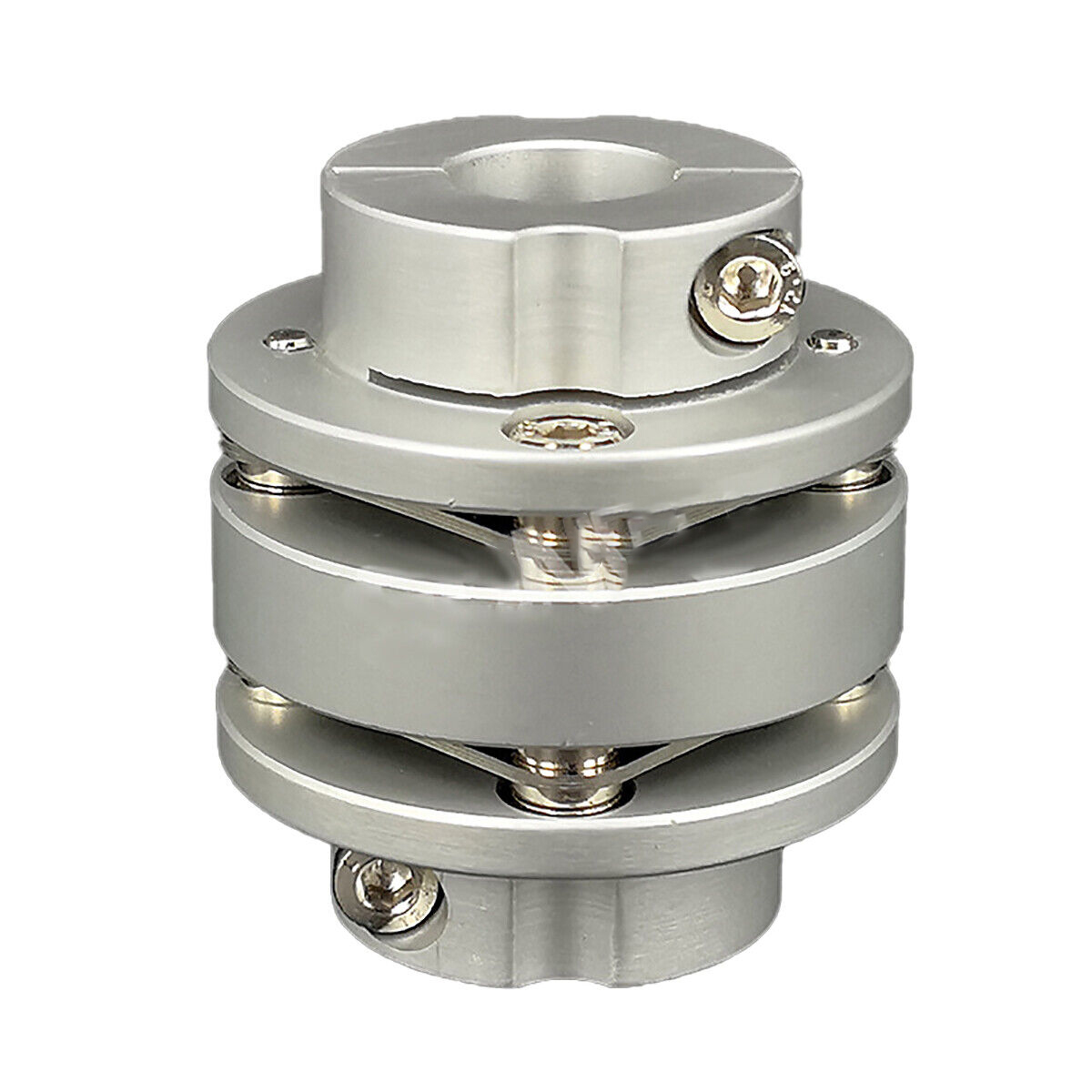Flexible Gear Coupling
What is flexible gear coupling?
A flexible gear coupling is a type of mechanical device used to connect two shafts, allowing torque to be transmitted from one to the other while accommodating some degree of misalignment. This type of coupling is particularly beneficial in applications where there is a need to compensate for misalignment caused by shaft deflection, thermal expansion, or other factors.

What are the different types of gear couplings?
There are several types of gear couplings, each designed to meet specific operational requirements and conditions:
- Rigid Gear Couplings: These couplings provide a solid connection between shafts and do not allow for any misalignment. They are used in applications where precise alignment is critical.
- Flexible Gear Couplings: As the name suggests, these couplings can accommodate misalignment while still transmitting torque efficiently. They are ideal for applications where alignment cannot be maintained perfectly.
- Half Gear Couplings: These couplings consist of a gear half that meshes with a corresponding gear half on the other shaft, allowing for some flexibility and misalignment accommodation.

What is the difference between flexible and rigid coupling?
The primary difference between flexible and rigid couplings lies in their ability to accommodate misalignment:
- Flexible Couplings: These are designed to handle misalignment between shafts, whether angular, parallel, or axial. They provide flexibility and reduce the stress on connected machinery components.
- Rigid Couplings: These do not allow for any misalignment. They require precise shaft alignment and are used in applications where such alignment can be maintained consistently.
How to choose or customize the right flexible gear coupling?
Choosing or customizing the right flexible gear coupling involves several key parameters and considerations:
- Torsional Stiffness: Determine the torsional stiffness required for your application to ensure that the coupling can handle the torque without excessive deformation.
- Misalignment Capacity: Assess the degree of misalignment (angular, parallel, and axial) that the coupling needs to accommodate in your setup.
- Torque Rating: Ensure that the coupling can handle the maximum torque that will be transmitted through the shafts.
- Environmental Conditions: Consider the operating environment, including temperature, humidity, and exposure to chemicals, to choose a coupling made of suitable materials.

HZPT: Your Trusted Partner for Flexible Gear Couplings
Established in 2006, HZPT specializes in the research, development, and manufacturing of high-precision couplings, ball screw support units, motor brackets, and motion modules. Our product line includes servo motor couplings, stepper motor couplings, micro motor couplings, encoder couplings, and more.
Our Advantages:
- Advanced Technology: We leverage cutting-edge technology to develop innovative coupling solutions that meet the highest industry standards.
- In-House R&D: Our dedicated research and development center allows us to continuously improve our products and meet the evolving needs of our customers.
- Comprehensive Testing Systems: We employ rigorous testing protocols to ensure the reliability and performance of all our coupling products.
- ISO 9001:2015 Certification: Our quality management system is certified to the ISO 9001:2015 standard, ensuring consistent quality in every product we deliver.
- Global Recognition: Our products are widely recognized and used by top-tier clients in Japan, the USA, Germany, Israel, Malaysia, Singapore, Taiwan, and other regions worldwide.
At HZPT, we are committed to providing high-quality flexible gear couplings that deliver exceptional performance and reliability. Partner with us to experience unparalleled service and expertise in coupling solutions.